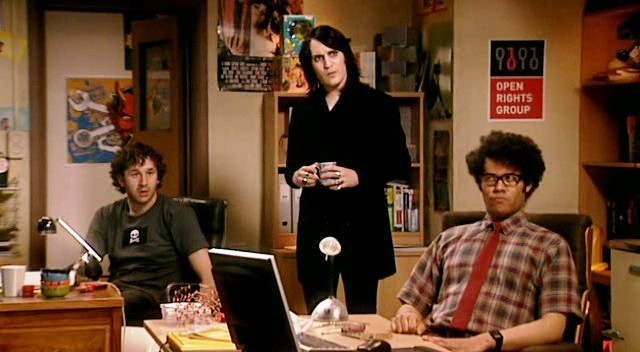PrettySquareGal
I'll Lock Up
- Messages
- 4,003
- Location
- New England
Americans began the 20th century in bustles and bowler hats and ended it in velour sweatsuits and flannel shirts—the most radical shift in dress standards in human history. At the center of this sartorial revolution was business casual, a genre of dress that broke the last bastion of formality—office attire—to redefine the American wardrobe.
https://www.theatlantic.com/busines..._source=vxfb&utm_medium=email&utm_content=pbs
https://www.theatlantic.com/busines..._source=vxfb&utm_medium=email&utm_content=pbs



